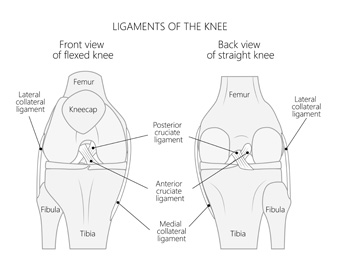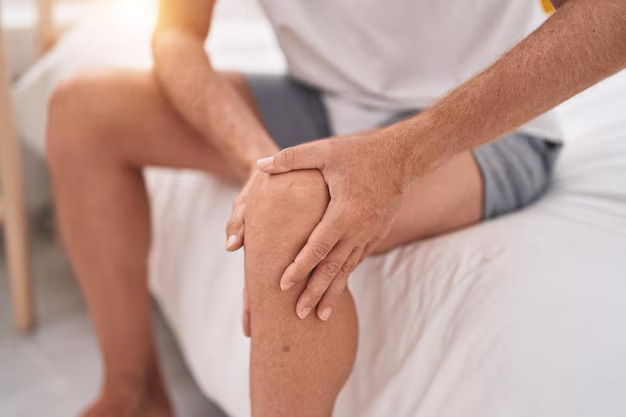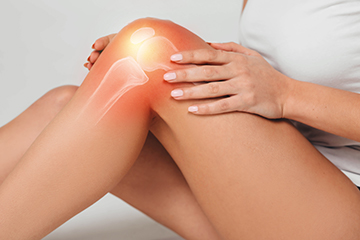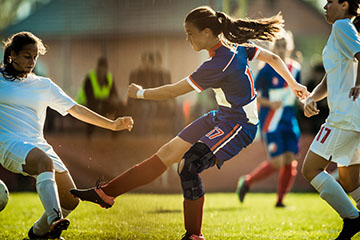KNEE INJURY EDUCATION
The knee is one of the strongest and most complicated joints in the human body. Three bones come together to form the structure of the knee joint: the femur (thigh bone), tibia (shin bone) and patella (kneecap). The ends of the bones are lined with a smooth tissue called articular cartilage. This allows the bones to glide over each other during flexion and extension of the joint. There are four major ligaments that hold these bones in place; two on the outside of the femur and tibia (medial and lateral collateral ligaments) and two that crisscross in the middle of the joint (anterior and posterior collateral ligaments). In between the bones that meet to form the knee joint are two wedge-shaped pieces of cartilage that act as a cushion and "shock absorber" for the joint. These pieces of cartilage are the medial meniscus and lateral meniscus. The knee joint also contains two major tendons and 11 bursae. Any number of these structures can become weakened or damaged for many different reasons.





